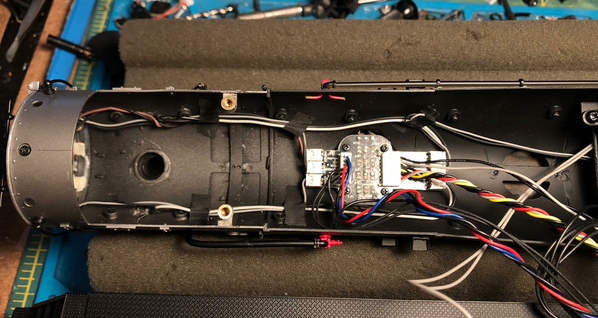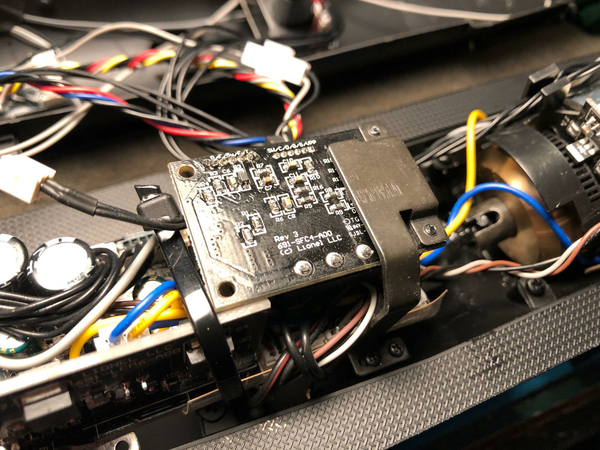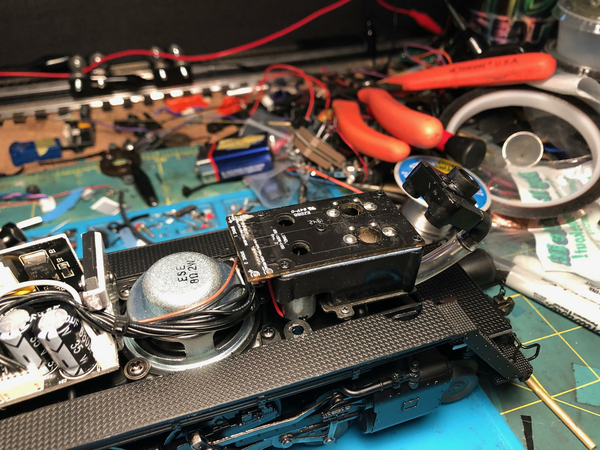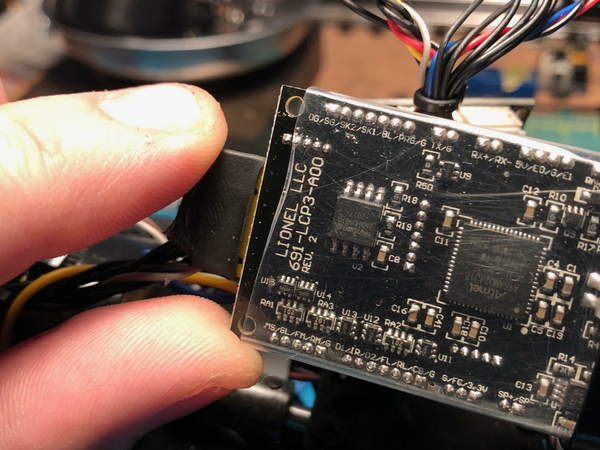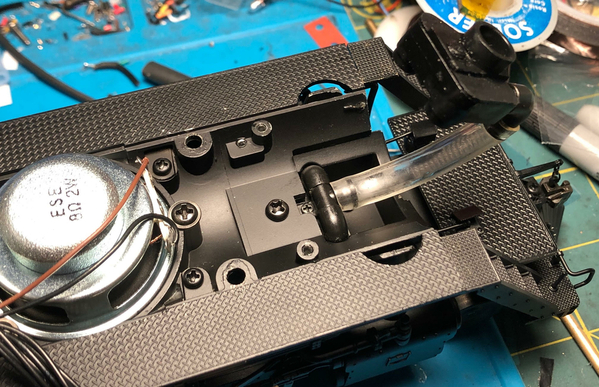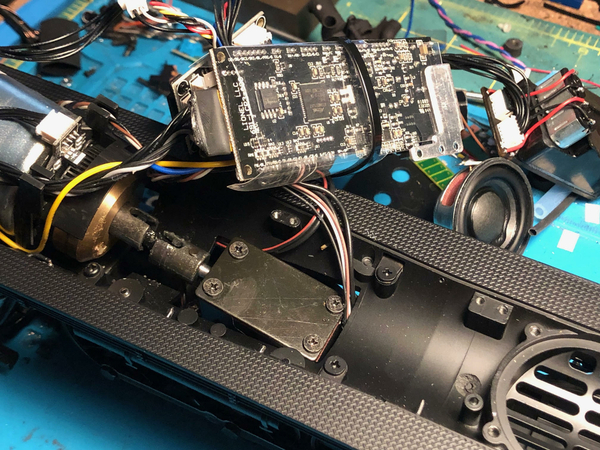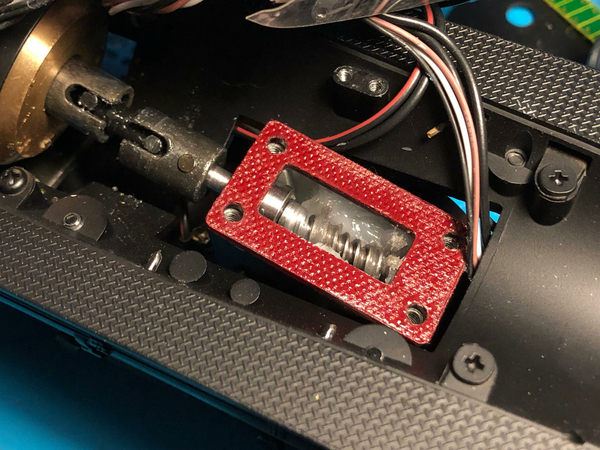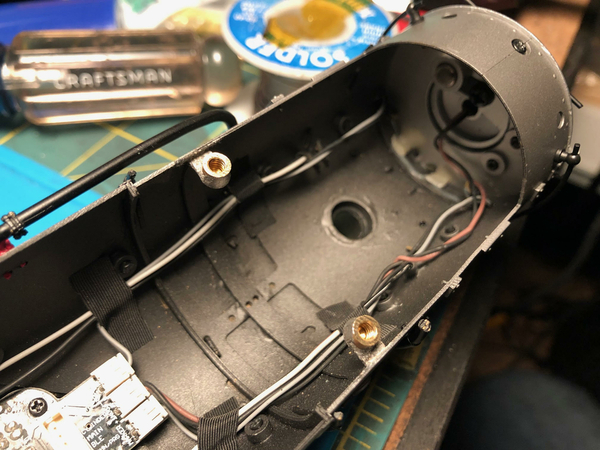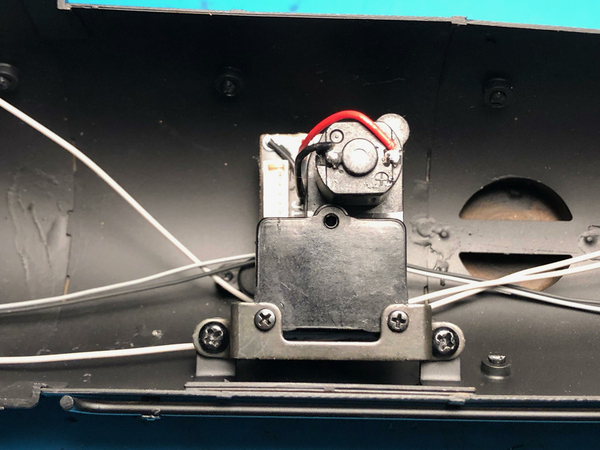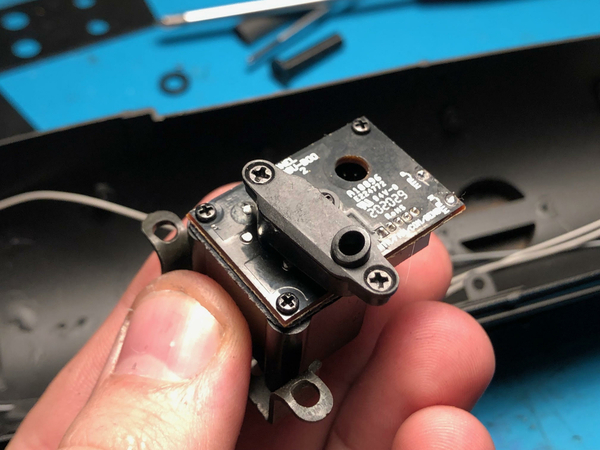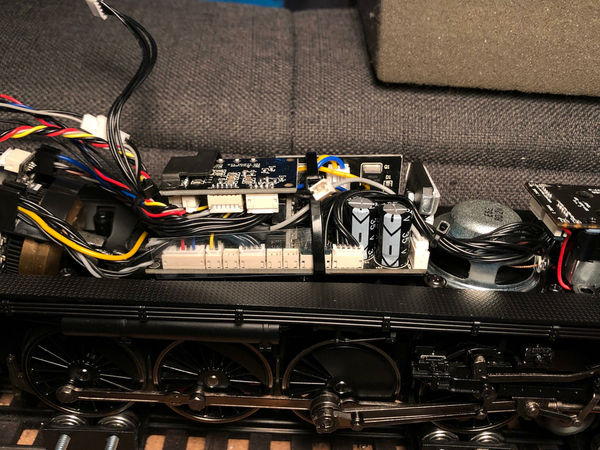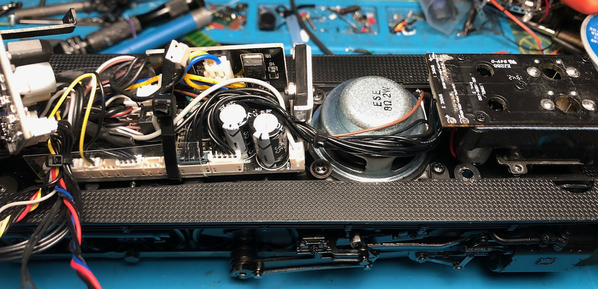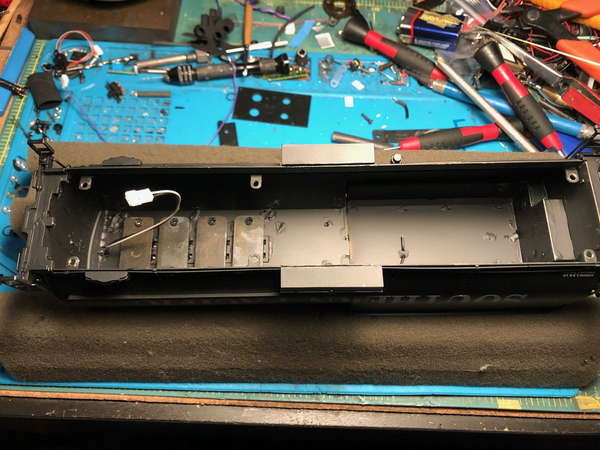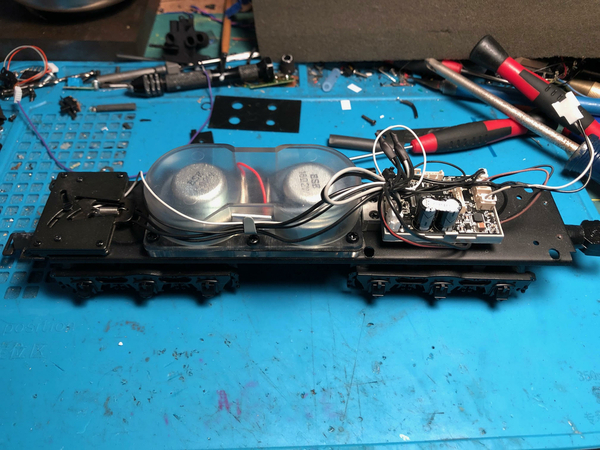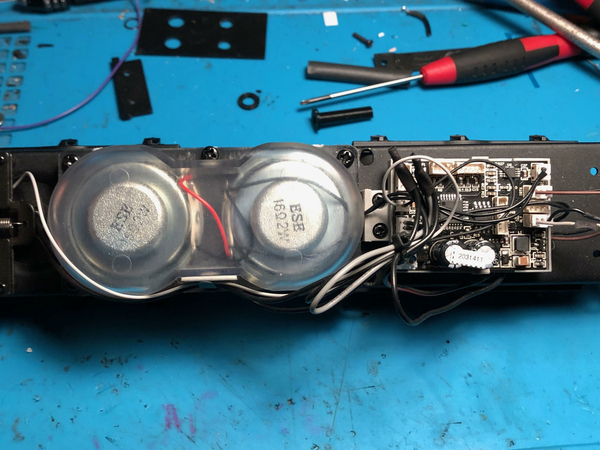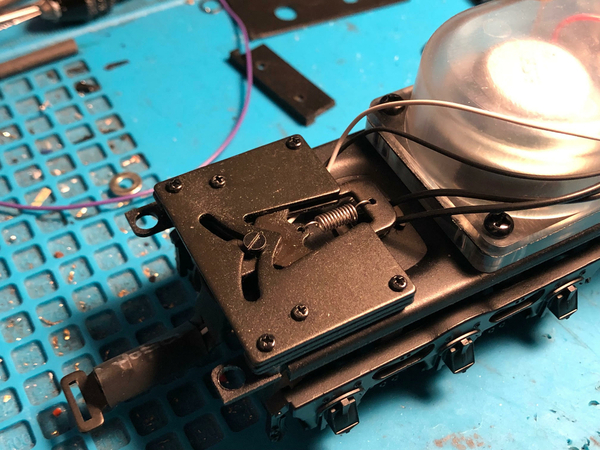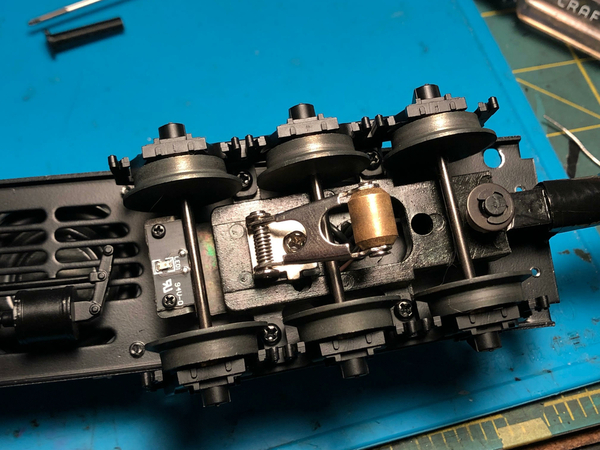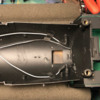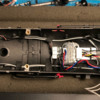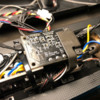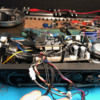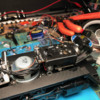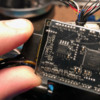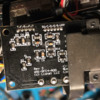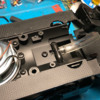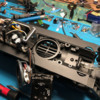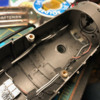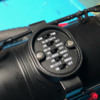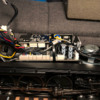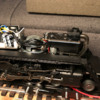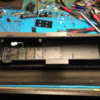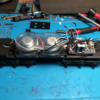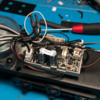I will give them the benefit of the doubt, that no one was able to go over and “double check” the progress with production in general because of the pandemic and travel restrictions.....
Well. This sort of thing was occurring "pre pandemic". I own one of the h10s from a couple years back. Stripped screws and pinched wires were found on these as well.
While not as serious as yours. I also had a wire rubbing on the encoder wheel.
Then there's the overpowered audio board causing the sounds to cut out, silly colors....yadda...yadda.
I don't think these issues will stop until the cost of warranty repair is no longer covered by the inflated purchase price. Or folks start returning defective items instead of living with them.
Not directing anything towards you Bruk. At what point do folks stop making excuses for Lionel?
IMO. Too much focus is on Lion chief whizz bang whatever.
Is there anything else in life that you spend $600.... $1000.... $2000 and expect to fix it out of the box?






